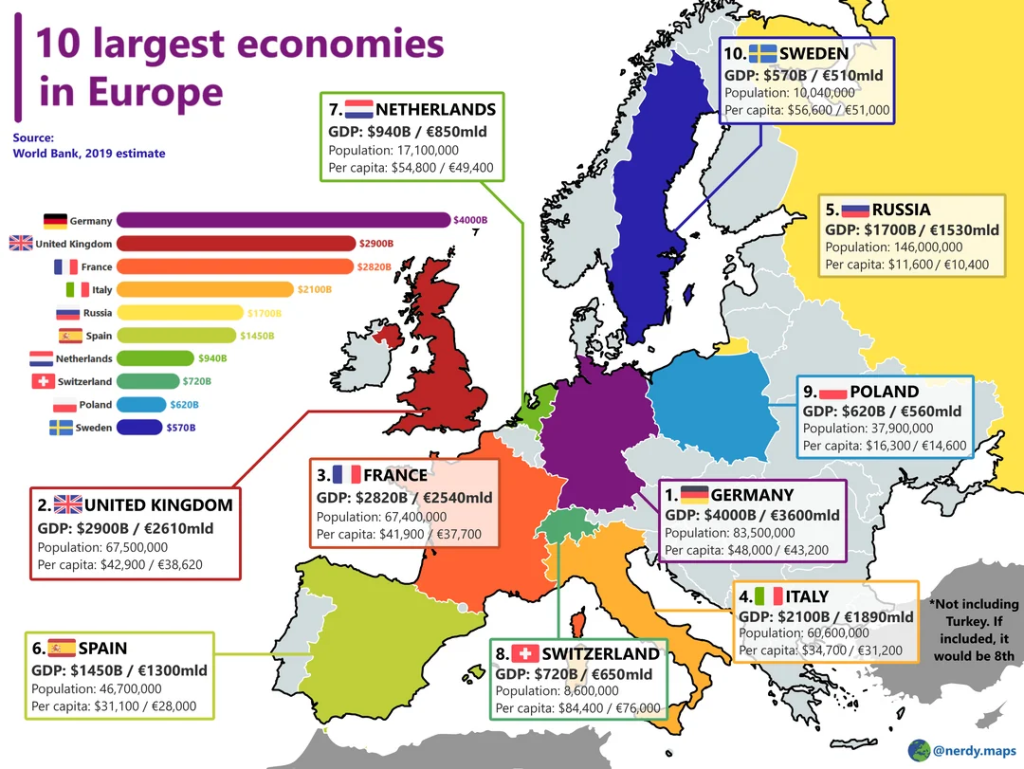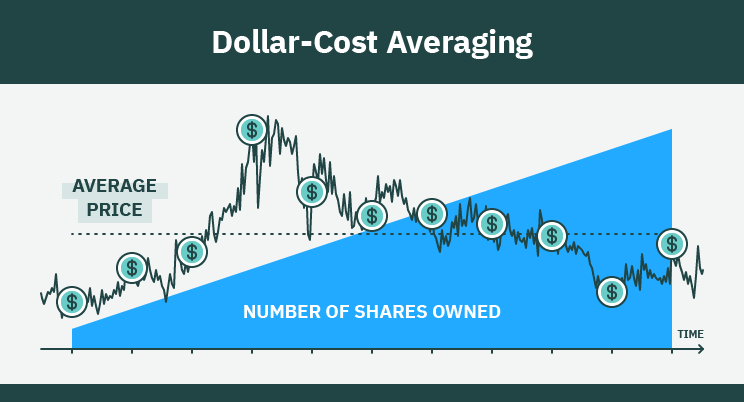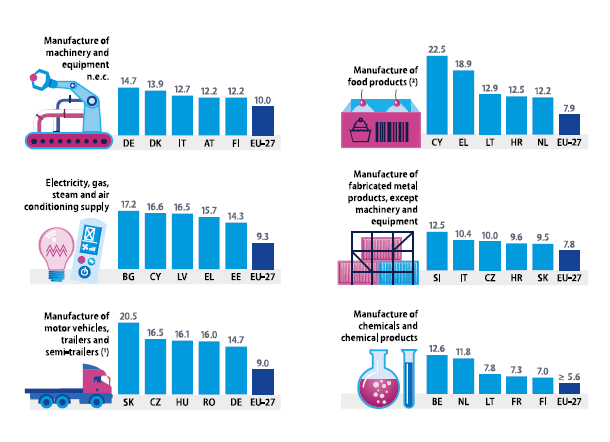Local: Investimento consistente e criação de um plano
Objetivos de aprendizagem da lição:
- Understand the Benefits of Consistent Investing: Learn how regular contributions help smooth out the impact of market fluctuations and build wealth over time, especially in the stable Eurozone market.
- Explore the Eurozone’s Economic Stability: You’ll learn how the European Central Bank’s (ECB) monetary policy e economic integration contribute to a stable environment for long-term investing in the Eurozone.
- Learn About Dollar-Cost Averaging: Gain insight into the dollar-cost averaging strategy, where investing a fixed amount regularly helps reduce the risks associated with buying at high prices and increases shares purchased when prices are low.
- Leverage Strong EU Companies for GrowthDescubra como well-established EU companies in sectors like automotive, luxury goods, e renewable energy offer solid growth opportunities for long-term investors.
17.1 O Poder da Consistência
Consistency in investing within the EU market offers unique advantages, particularly given the long-term economic stability of the Eurozone. The Eurozone, with its diverse economies and strong regulatory frameworks, provides a relatively stable environment for long-term investors. By regularly contributing to your portfolio, you can benefit from the region’s economic resilience and mitigate the effects of short-term market fluctuations.
17.2 Long-Term Stability of the Eurozone
The Eurozone consists of some of the world’s largest and most advanced economies, including Alemanha, França, e the Netherlands. These economies benefit from coordinated monetary policy under the European Central Bank (ECB), which ensures stability through low inflation, interest rate control, and financial oversight. This long-term stability makes the Eurozone an attractive market for consistent investing.
- Stable monetary policy: The ECB’s commitment to maintaining price stability and controlling inflation supports a conducive environment for long-term investments.
- Economic integration: The Eurozone’s interconnected economies offer a wide range of investment opportunities across various industries, from manufacturing and pharmaceuticals to consumer goods and financial services.
By investing consistently in the Eurozone, investors can benefit from these stable conditions while taking advantage of growth opportunities across multiple sectors.

Figura: 10 Largest Economies in Europe (2019 Estimate)
Descrição:
This map visualizes the 10 largest economies in Europe based on PIB in 2019, showing GDP in both USD e EUR alongside the population e GDP per capita for each country. The largest economy is Alemanha with a GDP of $4000B (€3600B), while the smallest in this top 10 is Sweden with $570B (€510B). The map also details the population of each country, highlighting the differences in GDP per capita, which indicates the economic productivity per person. For instance, Switzerland has the highest GDP per capita at $84,400 (€76,000), while Russia has the lowest at $11,600 (€10,400).
Principais vantagens:
- Alemanha has the largest economy in Europe, followed by the United Kingdom e França.
- Switzerland boasts the highest GDP per capita, indicating a high level of productivity.
- Russia has the lowest GDP per capita among the top 10 economies, suggesting lower economic output per person.
- Itália, Espanha, e Poland have relatively large economies, but their GDP per capita is lower compared to countries like Netherlands ou Switzerland.
Aplicação de informações:
Entendendo o largest economies in Europe is essential for investors, policy makers, and global businesses seeking to identify economic strength e potential markets for investment. This data helps highlight economic disparities, providing insights into market size, wealth distribution, e economic capacity across Europe.
17.3 Mitigating Volatility through Consistent Contributions
Although the European market experiences periodic volatility due to political events like Brexit, geopolitical tensions, ou regional economic disparities, consistent investing helps smooth out these fluctuations. Regular contributions allow investors to capitalize on lower stock prices during market downturns and benefit from long-term growth when the market recovers.
- Dollar-cost averaging in the Eurozone: By investing a fixed amount regularly, investors can purchase more shares when prices are low and fewer when prices are high, lowering the average cost of investments over time.
- Navigating volatility: Eurozone markets, while generally stable, can face short-term shocks. Consistent investing ensures that you remain engaged in the market through both highs and lows, taking advantage of recovery periods when economic stability returns.

Figura: Visualizing the Mechanism of Dollar-Cost Averaging
Descrição:
This graph demonstrates the concept of média do custo em dólar, an investment strategy where a fixed amount of money is invested regularly, regardless of the stock’s price. The image shows fluctuating stock prices over time, with equal dollar amounts invested at different points. The result is an average purchase price that is lower than the peak price due to buying more shares when prices are low and fewer when prices are high, as represented by the distribution of dollar icons along the price curve.
Principais vantagens:
- Dollar-cost averaging involves regular investments over time, regardless of market conditions.
- This strategy reduces the risk of investing a large sum during market highs.
- It helps in accumulating more shares when prices are low, leading to a lower average cost per share.
- It promotes disciplined investing, avoiding emotional decisions during market volatility.
Aplicação de informações:
Investors can apply média do custo em dólar to build wealth gradually, especially in volatile markets. This approach helps reduce the impact of flutuações de mercado and ensures consistent investing, making it a useful strategy for long-term investors aiming to average out market entry points ao longo do tempo.
17.4 Leveraging Strong EU Companies for Long-Term Growth
Many well-established European companies offer strong growth prospects, making them ideal for consistent investing. Firms in industries such as renewable energy, automotive, e luxury goods continue to thrive, benefiting from long-term economic trends like sustainability, technological innovation, and global consumer demand.
- Automotive sector: Companies like Volkswagen e BMW continue to innovate in electric vehicles, providing growth opportunities as the world shifts to greener transportation.
- Luxury goods: Firms such as LVMH e Hermès benefit from steady global demand, making them solid candidates for consistent, long-term investment.
By investing regularly in these sectors, investors can build a portfolio that taps into the growth potential of Europe’s leading industries while benefiting from the region’s economic stability.

Figura: Key Figures on European Business: Industry Performance
Descrição:
The graph presents a comparative analysis of manufacturing activities across the EU-27 nations. It covers various sectors including machinery, food products, energy supply, fabricated metal products, motor vehicles, and chemicals. Each bar chart shows the performance of select EU countries in terms of output or production for the year, with a separate column representing the average for the entire EU-27. The performance varies across sectors, indicating distinct strengths in different countries.
Principais vantagens:
- Manufacture of machinery and equipment shows leading performance in Germany (14.7%), while the EU-27 average is 10%.
- Food production is highest in Cyprus (22.5%) compared to the EU-27 average of 7.9%.
- Electricity, gas, steam, and air conditioning supply sees Bulgaria leading with 17.2%, and the EU-27 average is 9.3%.
- Motor vehicle production is most prominent in Slovakia (20.5%), with an EU-27 average of 9%.
- Manufacturing of fabricated metals peaks in Slovenia (12.5%), while the EU-27 average is 7.8%.
- Chemical manufacturing is highest in Belgium (12.6%), and the EU-27 average stands at 5.6%.
Aplicação de informações:
This information helps investors understand the industrial strengths of different EU countries, enabling more informed decisions about sector-specific investments in Europe. It is particularly useful for analyzing regional production capacities and identifying potential growth areas in manufacturing industries.
Conclusão
Consistency in investing within the Eurozone market is a powerful strategy for building wealth over time. The long-term stability of the region, supported by the European Central Bank and economic integration, provides a favorable environment for steady growth. By investing regularly and leveraging sectors like automotive, luxury goods, and renewable energy, investors can navigate short-term volatility and benefit from the long-term resilience of the European economy. This approach ensures that investors remain committed to their financial goals, regardless of market fluctuations.
Principais informações da lição:
- The Eurozone offers long-term stability, with economies like Alemanha, França, and the Netherlands benefiting from coordinated monetary policy by the European Central Bank (ECB), which supports low inflation e interest rate control, providing a reliable environment for investors.
- Dollar-cost averaging involves investing a fixed amount regularly, regardless of market conditions. This approach reduces the risk of investing during market highs and helps accumulate more shares when prices are lower, leading to a lower average cost per share ao longo do tempo.
- Mitigating volatility through consistent investing ensures you remain engaged in the market during both economic downturns e recoveries, taking advantage of lower prices during market corrections and benefiting from growth when the market stabilizes.
- Strong EU companies, particularly in renewable energy, automotive, e luxury goods, provide solid opportunities for long-term growth. Companies like Volkswagen e LVMH thrive in sustainable markets e global consumer demand, offering growth potential for investors.
- Manufacturing strengths across the EU vary by country, with Alemanha leading in machinery production e Slovakia excelling in motor vehicle production. Understanding these regional strengths can help investors identify sector-specific opportunities in the EU.
Conclusão
Consistent investing in the Eurozone allows you to benefit from the region’s economic stability while tapping into growth opportunities across multiple sectors. By utilizing strategies like média do custo em dólar, you can navigate volatility and achieve long-term financial success.


